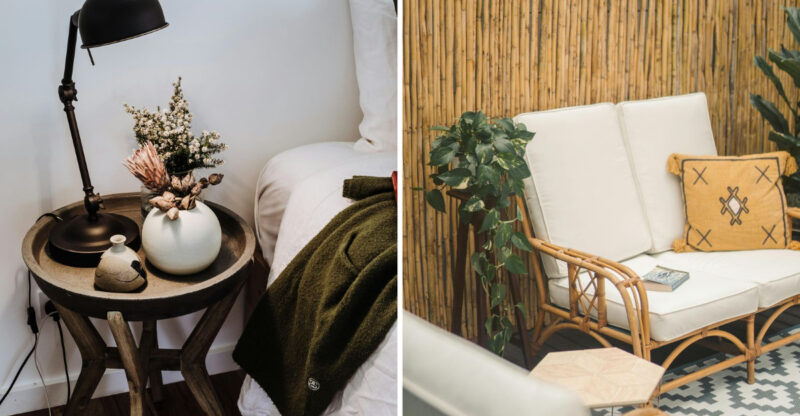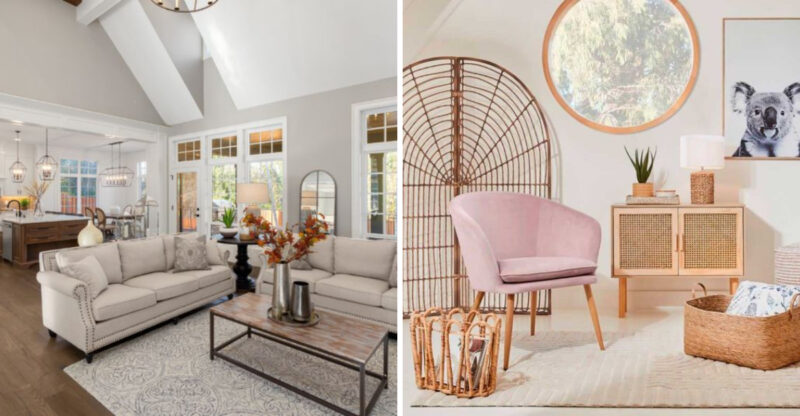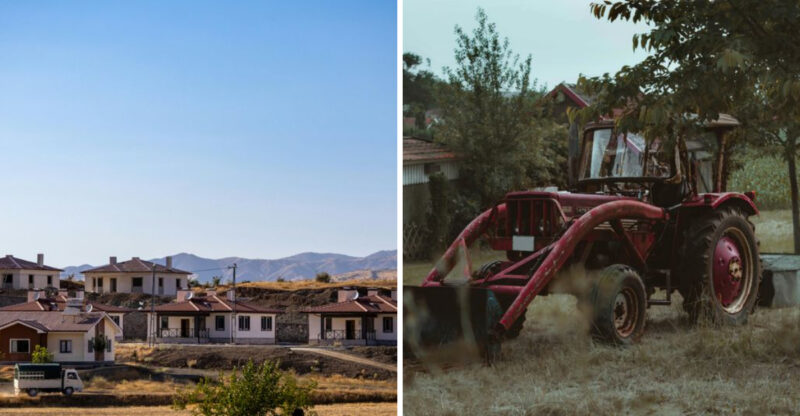11 New Jersey Home Styles That Could Become Less Common By 2030
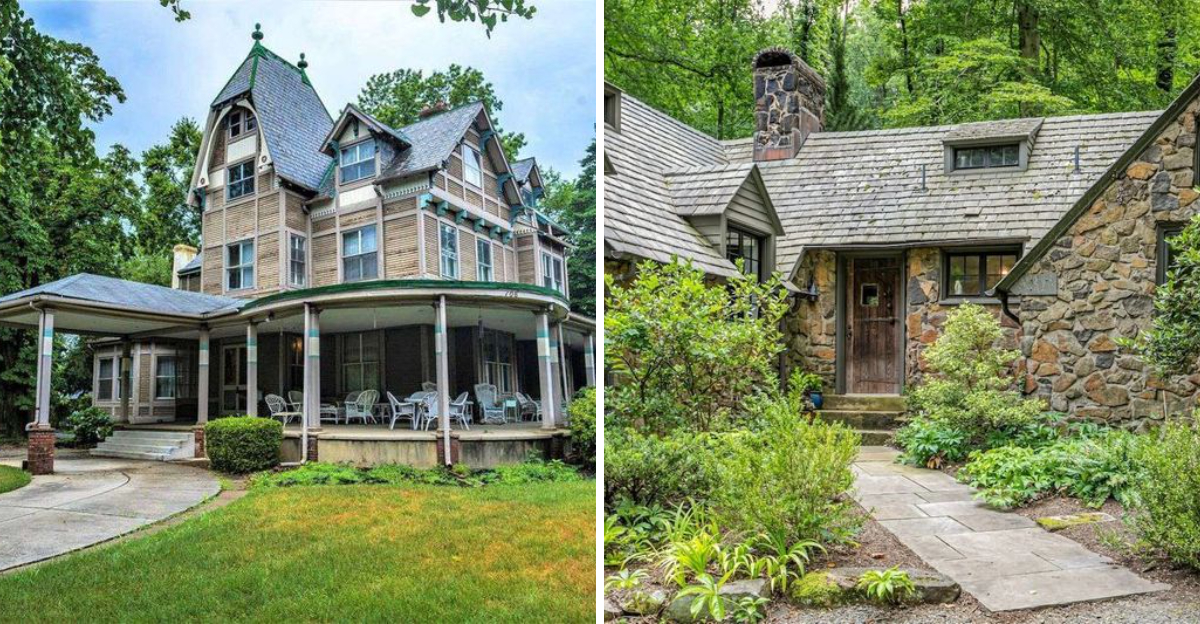
New Jersey’s architectural landscape tells a fascinating story of our state’s rich history and cultural influences. From the Dutch Colonial homes that reflect our earliest European settlers to the Victorian mansions that showcase the Industrial Revolution’s prosperity.
But as building costs rise, sustainability concerns grow, and housing preferences shift…some of these most beloved home styles might become increasingly rare sights in the Garden State’s neighborhoods.
1. American Foursquare

Though once the darling of middle-class homebuilders across the Garden State, these boxy beauties are slowly vanishing from our suburban landscape. American Foursquare homes gained popularity for their practical, efficient use of space and minimal ornamentation.
Their signature cube-like shape with four rooms on each floor made them perfect for families wanting spaciousness without excessive frills. Unfortunately, modern buyers often crave open floor plans rather than the compartmentalized rooms these charming squares offer.
2. Victorian
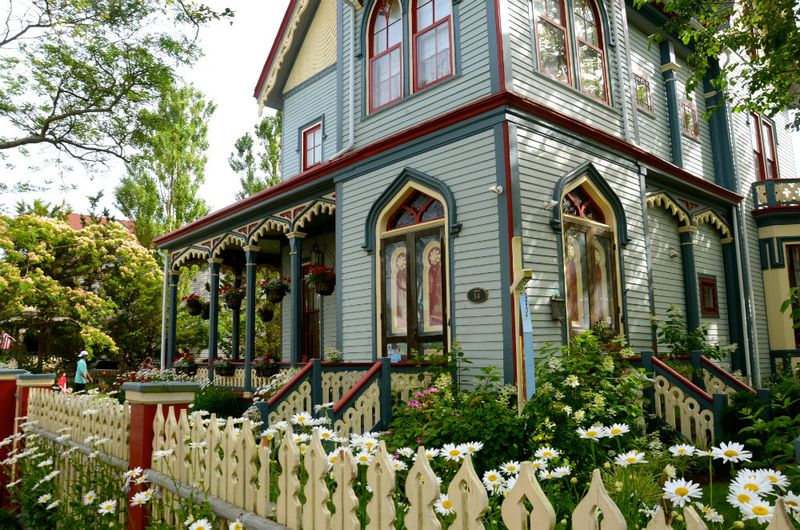
Where have all the gingerbread details gone? Victorian homes used to dominate our seaside towns and historic districts with their fanciful trim and asymmetrical facades. Victorian architecture brought whimsy and character to New Jersey neighborhoods during the late 19th century.
The maintenance costs alone make these beauties increasingly impractical for modern homeowners. Who has time to repaint all those intricate wooden details?
Plus, their maze-like floor plans and smaller rooms don’t mesh well with today’s preference for open-concept living.
3. Greek Revival
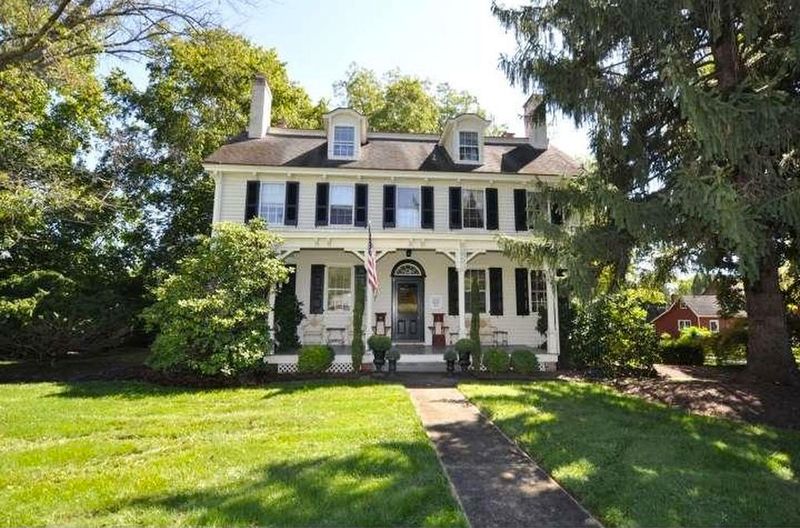
If you’ve spotted those grand columns supporting a triangular pediment in older New Jersey neighborhoods, you’ve witnessed Greek Revival magnificence. These stately structures channel ancient Hellenic temples with their imposing symmetrical designs and classical proportions.
Greek Revival homes once symbolized American democracy and prosperity throughout the Garden State. However, their formal layouts and high maintenance requirements have fallen out of favor.
Modern construction budgets rarely accommodate the craftsmanship needed for authentic columns and detailed entablatures that make these homes so distinctive.
4. Queen Anne
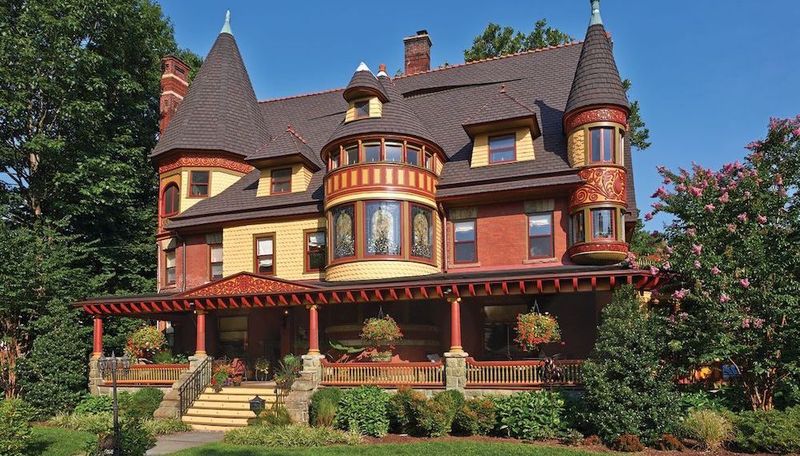
How could anyone resist those charming turrets and wrap-around porches? Queen Anne homes represent the most flamboyant Victorian-era style, with their asymmetrical shapes and exuberant ornamentation capturing the imagination.
These architectural confections feature multiple textures, patterns, and colors that showcase incredible craftsmanship. Queen Anne homes require specialized knowledge to maintain properly, something today’s contractors increasingly lack.
Their complex rooflines and decorative elements make them expensive to insure and heat, pushing them further into endangered territory.
5. Arts & Crafts (Craftsman)

Are those hand-hewn beams and built-in cabinets calling your name? Craftsman homes emerged as a reaction against mass production, celebrating honest materials and visible craftsmanship throughout their thoughtful designs.
The Arts & Crafts movement gave us these cozy bungalows with their signature low-pitched roofs and exposed rafter tails. Craftsman homes require authentic materials and skilled labor that’s increasingly scarce and expensive.
While elements of this style appear in modern builds, true Craftsman homes with their meticulous detailing are becoming harder to find in new Jersey developments.
6. Georgian Style
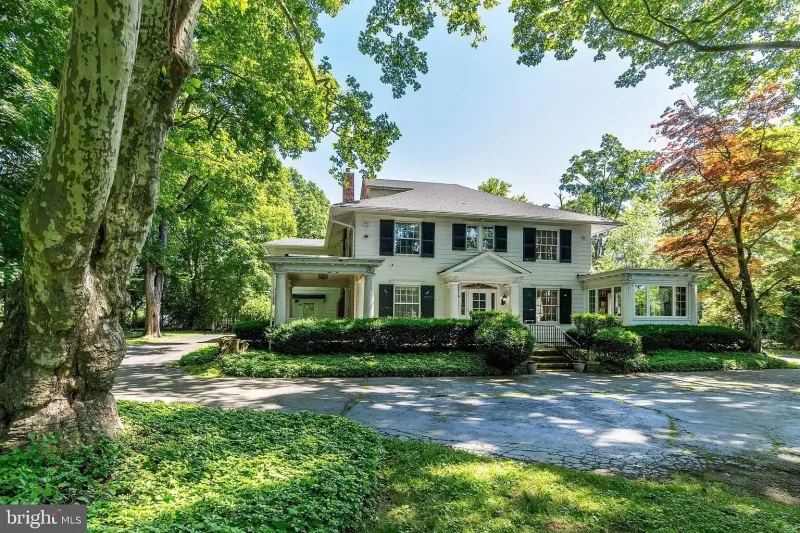
Did your history teacher ever show you those perfectly symmetrical brick homes with five windows across the second floor? Georgian architecture brings formal elegance through its rigid symmetry and classical proportions that once dominated wealthy New Jersey neighborhoods.
Georgian homes feature central hallways with rooms arranged symmetrically on either side. Their balanced design principles still influence traditional architecture today.
However, true Georgian homes with their expensive materials and labor-intensive construction methods have become increasingly rare as simpler Colonial Revival interpretations take their place.
7. Dutch Colonial Revival
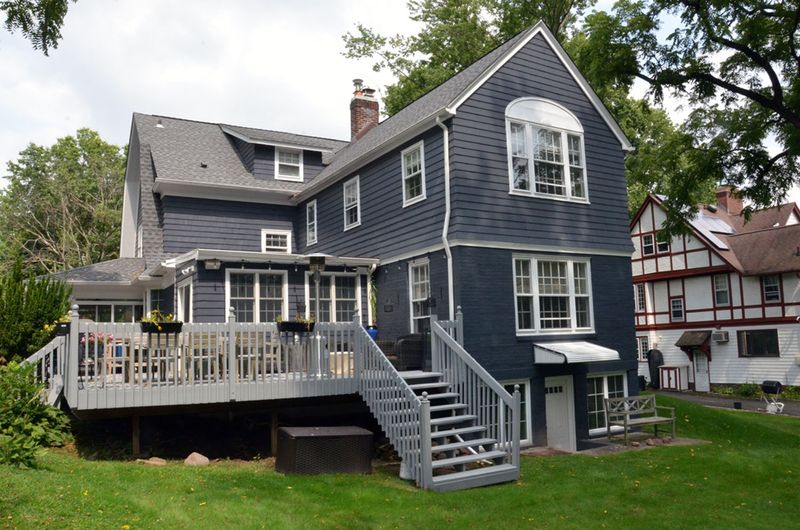
Where else would you find that distinctive gambrel roof that looks like a barn but feels like home? Dutch Colonial Revival houses became incredibly popular in early 20th-century New Jersey, nodding to our state’s earliest European settlers.
The hallmark gambrel roof creates spacious second floors without the tax implications of a full two-story structure. Dutch Colonial homes typically feature dormers, shutters, and a symmetrical facade.
Modern construction methods favor simpler rooflines that cost less to build and maintain, making these historical throwbacks increasingly scarce in new developments.
8. Splanch
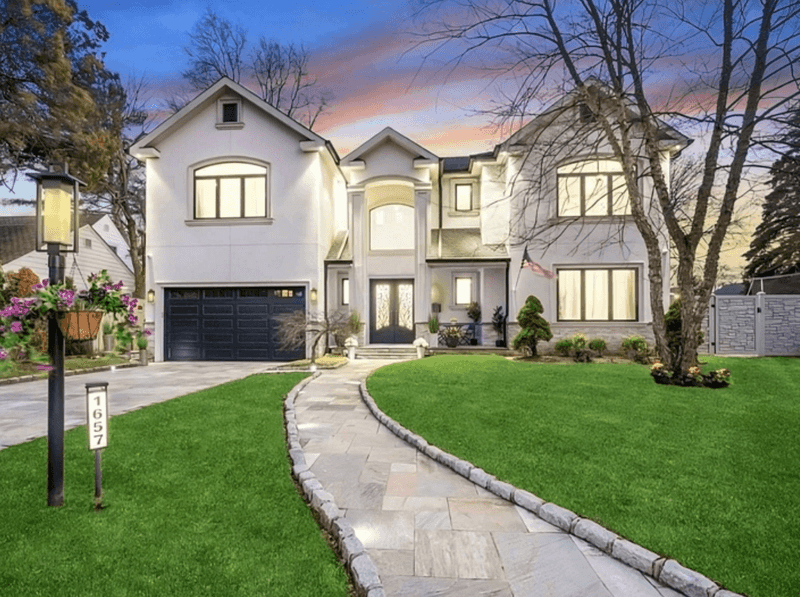
If you’ve ever wondered what happens when a split-level and a ranch have an architectural baby, look no further than the quirky Splanch! This uniquely suburban creation gained popularity in the 1970s, particularly in northern New Jersey communities.
Splanch homes combine the best features of split-levels and ranches with their multiple half-levels and interesting rooflines. Their unusual floor plans create distinct living zones while maintaining visual connections between spaces.
Though once innovative, these architectural oddballs have fallen out of fashion as more conventional designs dominate new construction.
9. Stick Style
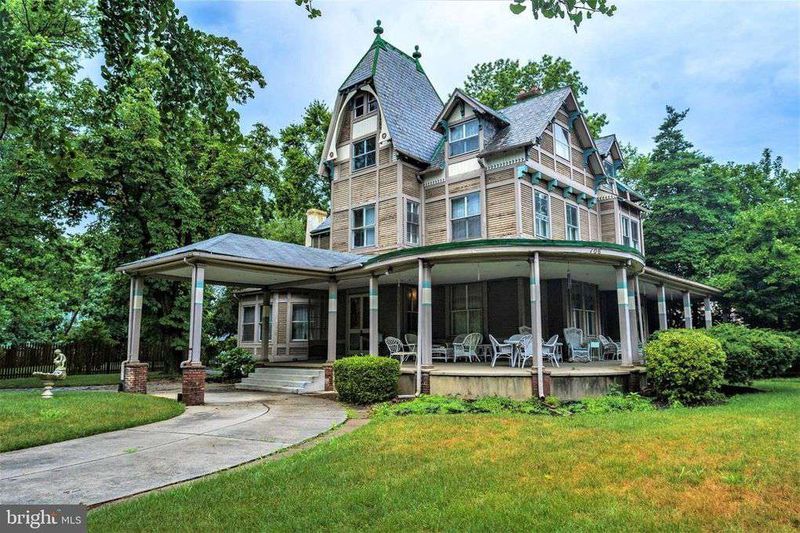
How about those houses that look like someone drew lines all over them? Stick Style architecture emerged as a transitional phase between Gothic Revival and Queen Anne, featuring decorative trusses and exposed framing that create distinctive linear patterns across facades.
These wooden wonders showcase geometric complexity through their decorative framework applied to exterior walls.
Stick Style homes require extensive maintenance due to their exposed wooden elements. Climate challenges in New Jersey make these elaborate wooden structures particularly vulnerable to deterioration, contributing to their growing scarcity in our neighborhoods.
10. English Cottage
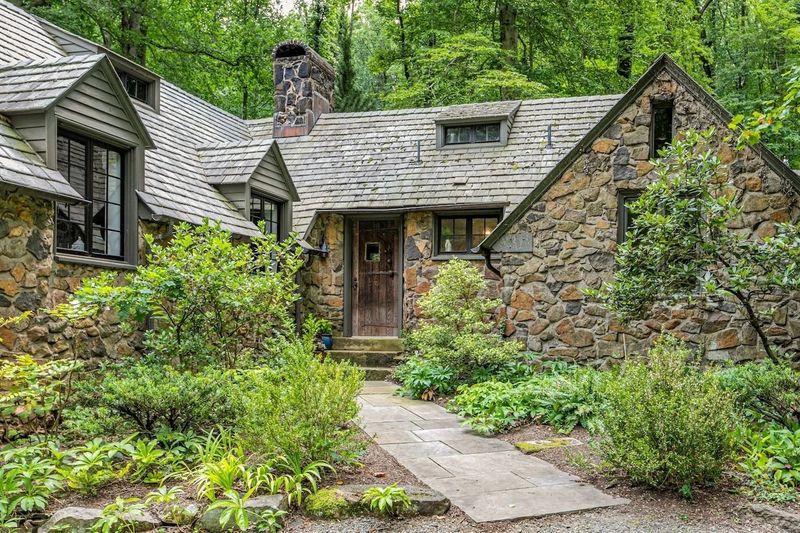
Though they lack moats and drawbridges, these storybook dwellings bring Old World charm to New Jersey neighborhoods with their asymmetrical designs and rustic stone or brick exteriors. English Cottage homes feature steep rooflines, rounded doorways, and intimate scale that creates instant coziness.
Their handcrafted details and irregular forms evoke medieval craftsmanship rather than machine precision. English Cottage styles require specialized masonry and roofing techniques that few modern builders master.
Their smaller footprints also clash with contemporary preferences for expansive spaces, making them increasingly endangered in new construction.
11. Contemporary/Post-Modern
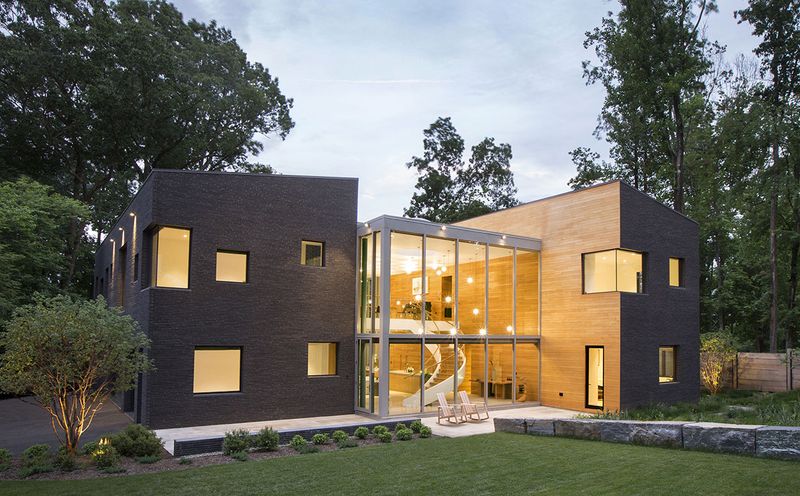
When was the last time you saw a truly bold, experimental home being built in your neighborhood? Contemporary and Post-Modern homes from the 1960s-1980s embraced innovative forms, unusual materials, and creative spatial arrangements that challenged conventional design thinking.
These architectural risk-takers featured dramatic rooflines, unexpected window placements, and playful combinations of materials. Unfortunately, conservative mortgage lending, strict homeowners associations, and risk-averse developers have stifled architectural experimentation.
Most new construction now favors safer, market-tested styles rather than the boundary-pushing designs that once defined this exciting architectural movement.




